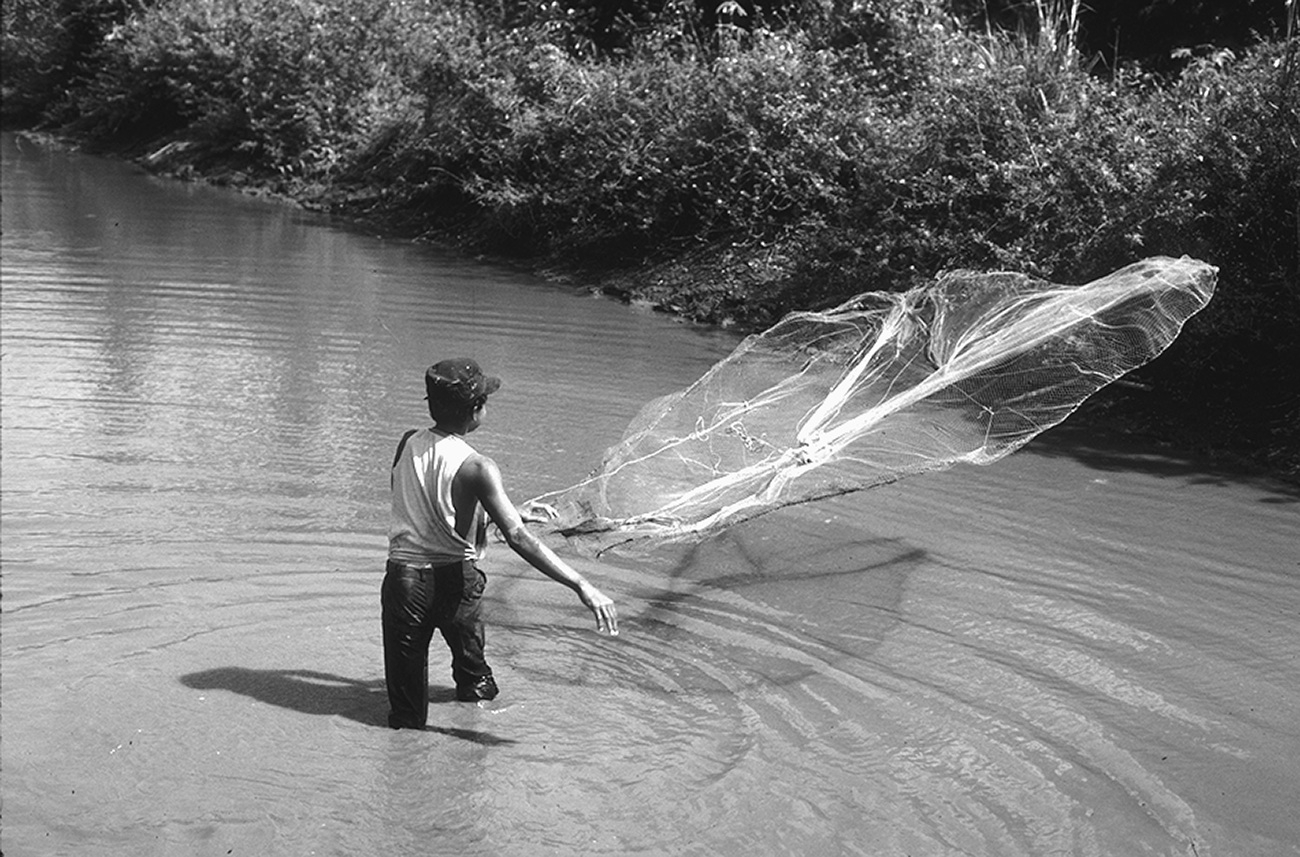
Backlist
Series: Monographs 65
ISBN: 978-1-931745-79-6
Publication Date: March 1, 2010
Price: Hb $50.00, Pb $25.00
Order this book here!
- Print: Order from our distributor

The Soconusco region, a narrow strip of the Pacific coast of Mexico and Guatemala, is the location of some of the earliest pottery-using villages of ancient Mesoamerica. Mobile early inhabitants of the area harvested marsh clams in the estuaries, leaving behind vast mounds of shell. With the introduction of pottery and the establishment of permanent villages (from 1900 B.C.), use of the resource-rich estuary changed. The archaeological manifestation of that new estuary adaptation is a dramatic pattern of inter-site variability in pottery vessel forms. Vessels at sites within the estuary were about seventy percent neckless jars — “tecomates” — while vessels at contemporaneous sites a few kilometers inland were seventy percent open dishes. The pattern is well-known, but the the settlement arrangements or subsistence practices that produced it have remained unclear. Archaeological investigations at El Varal, a special-purpose estuary site of the later Early Formative (1250-1000 B.C.) expand possibilities for an anthropological understanding of the archaeological patterns. The goal of this volume is to describe excavations and finds at the site and to propose, based on a variety of analyses, a new understanding of Early Formative assemblage variability.

Table of Contents
Part I: Archaeologcal Investigations at El Varal
- Ch. 01: Site Assemblage Variation in Early Formative Soconusco by Richard G. Lesure
- Ch. 02: Field Investigations and Materials Recovered by Richard G. Lesure
- Ch. 03: The Structure and Formation of the Vasquez Mound by Richard G. Lesure
- Ch. 04: Excavations by Richard G. Lesure and Tomas Perez Suarez
Part II: Analysis of Find and the Issue of Intra-Site Variability
- Ch. 05: Changing Patterns of Shellfish Exploitation by Richard G. Lesure, Alina Gagiu, Brendan J. Culleton, and Douglas J. Kennett
- Ch. 06: Crab Exploitation in Early Formative Soconusco by John Dietler and Thomas A. Wake
- Ch. 07: Fishing in te Mangroves at Formative-Period El Varal by Thomas A. Wake and David W. Steadman
- Ch. 08: Macrobotanical Remains from El Varal, with a Comparison to Inland Sites by Virginia S. Popper and Richard G. Lesure
- Ch. 09: Pottery by Richard G. Lesure and Isabel Rodriguez Lopez
- Ch. 10: Artifacts of Stone and Shell by Richard G. Lesure
- Ch. 11: Ceramic Artifacts by Richard G. Lesure
- Ch. 12: Radiocarbon Dating by Michael Blake and Richard G. Lesure
- Ch. 13: Shellfish Harvesting Strategies at El Varal by Douglas J. Kennet and Brendan J. Culleton
- Ch. 14: Artifact Synthesis and Intra–site Assemblage Variability by Richard G. Lesure
Part III : Inter–site Differences: Settlement, Subsistence, and Community
- Ch. 15: Subsistence in the Estuary by Richard G. Lesure, Thomas A. Wake, and David W. Steadman
- Ch. 16: The Manufacture and Content of Pottery Vessels in Early Formative Mazatan by David M. Carballo, Richard G. Lesure, Jelmer W. Eerkens, Douglas J. Kennett, Stuart Tyson Smith, Hector Neff, and Michael D. Glascock
- Ch. 17: The Organization of Salt Production by Richard G. Lesure
- Ch. 18: Concluding Hypotheses by Richard G. Lesure
